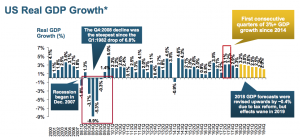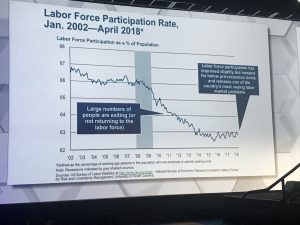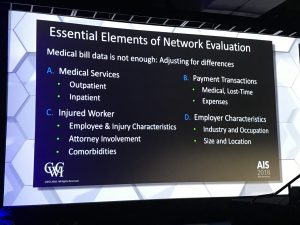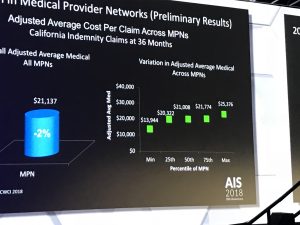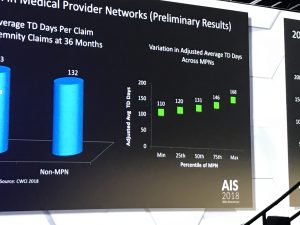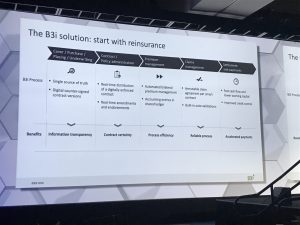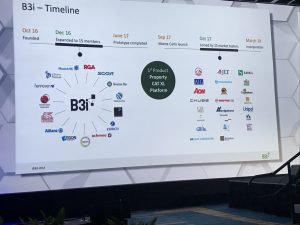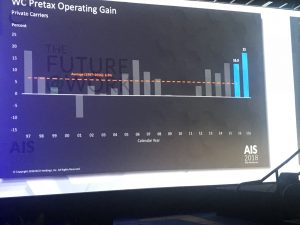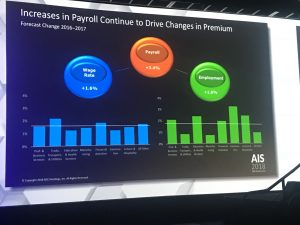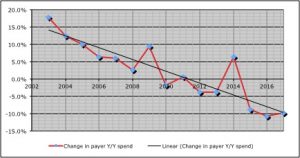Lots going on out there – here’s what you may have missed…
Opioids…
The awful people at Purdue Pharma knew damn well their opioids were being misused, repeatedly denied it, and kept pushing their pills on doctors and patients. They lied to investigators, manipulated data, and are directly responsible for today’s opioid disaster. This from Barry Meier’s piece:

credit NYTimes
But the Feds aren’t blameless; in 2007 the US Justice Department allowed Purdue officials and the company to plead guilty to misdemeanor charges.
Think of that – misdemeanor charges for those most responsible for the opioid epidemic. Street corner drug dealers go to jail for years, and these fat cat execs with their lavish lifestyles and fancy lawyers pay a small fine.
I cannot put into words how much I hate these bastards, and how furious we all should be about a Justice Department that let them get away with it..
Breathe…
WCRI is hosting a webinar on the impact of opioids on disability duration on Thursday June 21 at 1pm eastern. Bogdan Savych PhD will address the following questions:
- Do opioid prescriptions increase duration of temporary disability benefits?
- Do longer-term opioid prescriptions increase duration of temporary disability benefits?
- What role do local prescribing patterns play in determining whether injured workers received opioid prescriptions?
The study examines the effect of opioid prescriptions on the duration of temporary disability benefits among workers with work-related low back injuries using data from 28 states, for injuries between 2008 and 2013.
Register here…free for WCRI members, a nominal fee for others.
If you’re wondering why Congress isn’t doing more to attack the opioid crisis – and it isn’t doing much at all – blame the lobbyists, including those working for the AMA, the seventh highest lobbying spender in 2017, with $21.5 million spent.
The AMA is fighting 3-day opioid script limits, mandatory use of Prescription Drug Monitoring Programs, and mandatory opioid education for prescribers.
WTF??!!!
Twisting words to blame the victim
Poor people are less healthy than people who aren’t poor. That’s because their diets aren’t as good, they have poor access to care, their lives are far more stressful, substance abuse is more prevalent, and they are more often victims of crime.
These factors have long been known as “social determinants of health”, the idea that just being poor means moms, kids, dads are going to be less healthy than you and me.
The “work for Medicaid” crowd is attempting to steal the term “social determinants” by using it to claim that forcing people to work for Medicaid is good for them.
That’s just not true. In fact, forcing Medicaid recipients to go thru a maze of paperwork and administrative hurdles to prove they can’t work – and if that recipient messes up the paperwork, fails to submit it on time, or isn’t able to accurately document their disability,
BOOM! they lose Medicaid coverage.
And they get sicker, and we end up paying for their care in the ER.
And the data shows folks who HAVE Medicaid are better able to find work! From the HealthAffairs piece:
illness and disability are among the primary reasons working-age adults are not employed and this problem is exacerbated when people lack access to the health coverage they need get care for their health problems. Enrollment in health coverage has been shown to be a significant factor in helping individuals find jobs, with over 75 percent of unemployed Medicaid enrollees in Ohio reporting that gaining access to health coverage made their job search easier.
Oh, and at least one state’s policies is blatantly racist.
There’s more, but I have to get to work.

